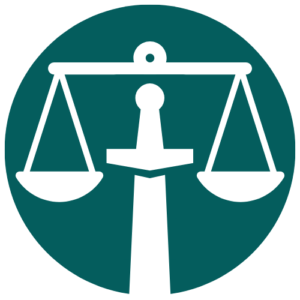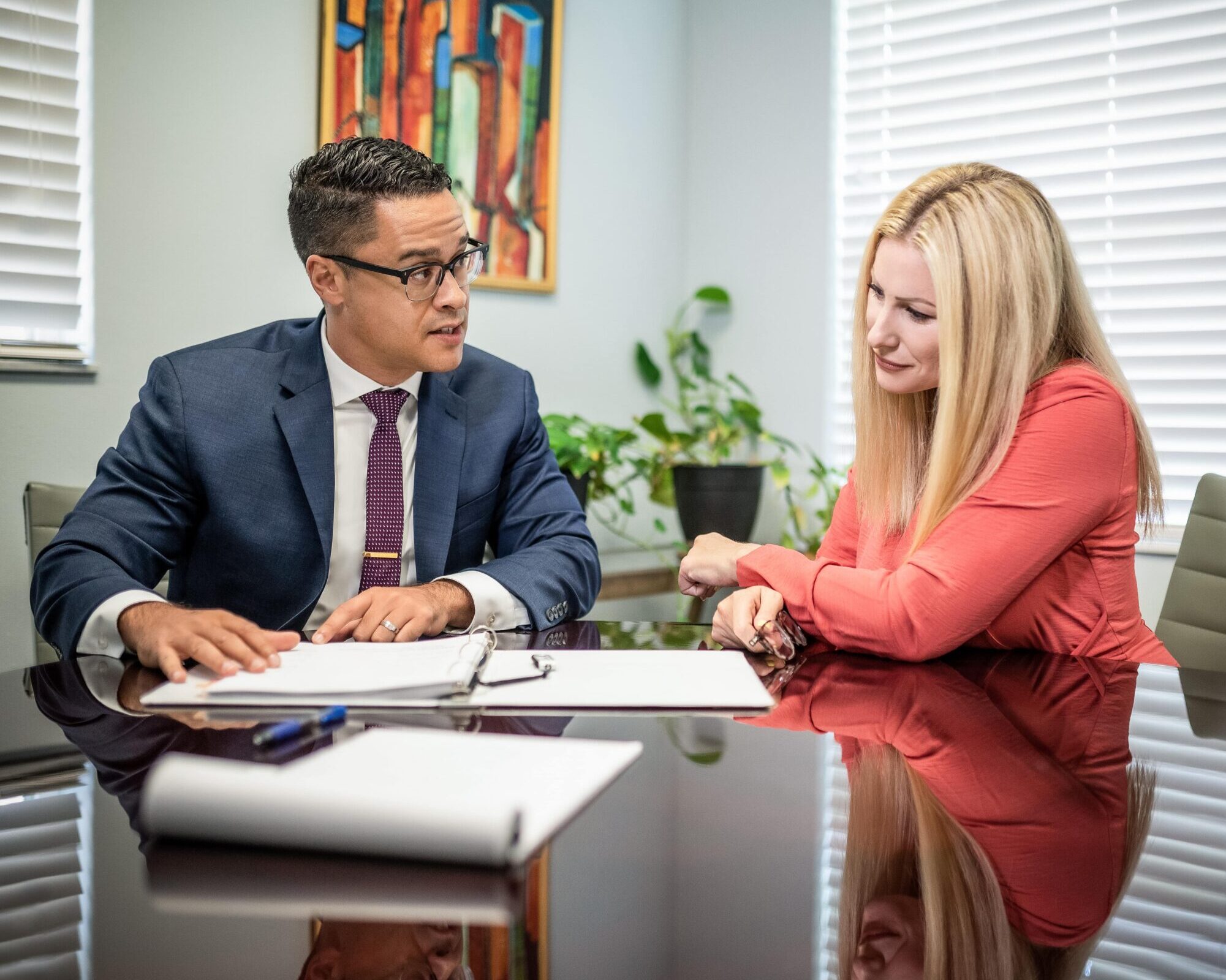
Trusted and recommended

When you work with us, you are working with an attorney who is committed to the values of clarity, responsibility, and sound judgment. I am dedicated to designing Estate Plans that are tailored to my client’s specific needs. I take great pleasure and satisfaction from helping my clients ensure a better future for their loved ones.
You can expect an attorney that will be here for you. I have put down roots in Tampa, graduating, marrying, and starting a family here.
My office is easily accessible from Tampa, Wesley Chapel, Lutz, Zephyrhills, San Antonio, Dade City, and the surrounding areas.
We are close to I-275, I-75, or the Veterans’ Expressway. Click here for directions.
Paul James Monsanto
Paul earned an International Baccalaureate (IB) degree from C. Leon King High School in Tampa. Paul graduated from the University of Florida with a Bachelor’s Degree in Business Administration. He earned his law degree from Duke University School of Law. Paul also passed all three levels the Chartered Financial Analyst Program. He has helped hundreds of families plan for the future and during difficult times in life.
Bar Admissions.
Florida, New York, and the U.S. District Courts for the Southern and Eastern Districts of New York.
Years of experience.
Over 13 years rolling up his sleeves and working hardfor his clients’ rights.
Work experience.
Paul began his legal career working as a lobbyist for the American Bar Association’s Governmental Affairs Office in Washington, D.C. Paul continued his career as a litigator in a large law firm in New York City. He now practices estate planning and probate law in his hometown of Tampa Bay.
Community Involvement.
Serves on the administrative board of Grace Episcopal Church Tampa Palms, and coaches youth basketball for the Wesley Chapel Athletic Association.
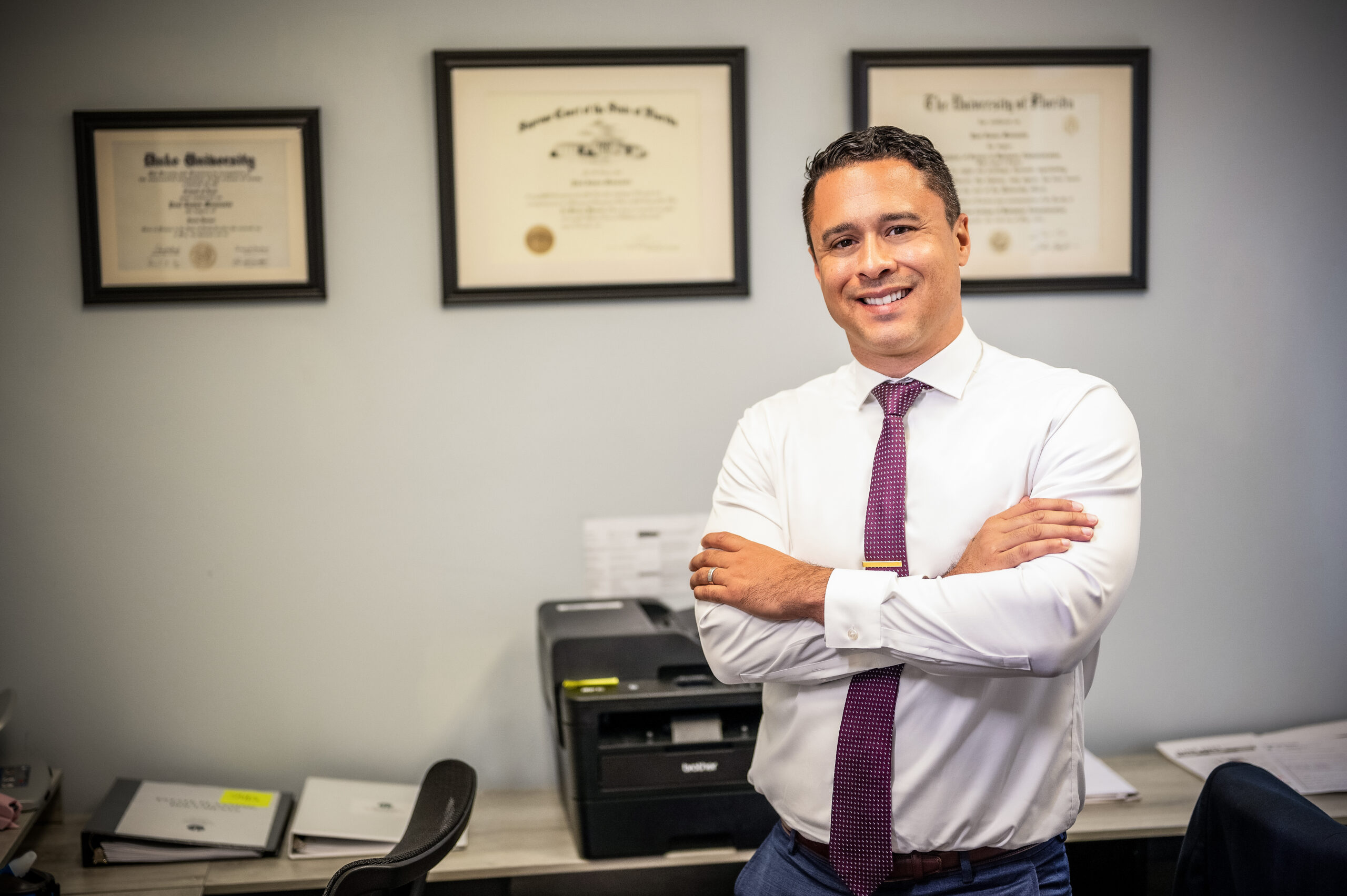
Looking for
a trustworthy law office?
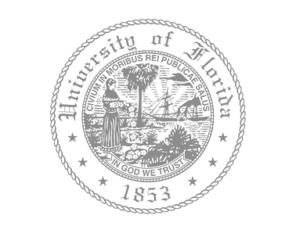
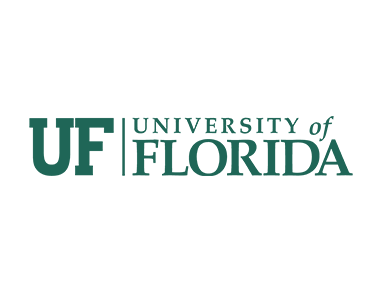
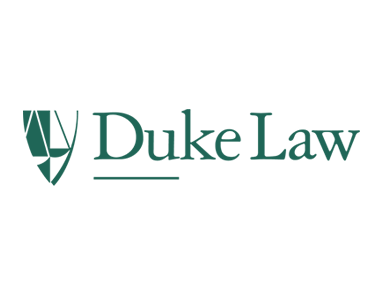
FAQ
What Is A Will?
A last will and testament, commonly referred to as a “will,” is a legal document that outlines an individual’s wishes regarding the distribution of their assets and the management of their affairs after their death. It serves several important purposes, including:
- Asset Distribution: A will specifies how an individual’s property, assets, and belongings should be distributed among beneficiaries (the people or organizations they want to receive their assets) after their death.
- Appointment of an Executor: A will typically designates an executor, also known as a personal representative or administrator, who is responsible for carrying out the deceased person’s wishes as outlined in the will. The executor’s duties may include settling debts, paying taxes, and distributing assets to beneficiaries.
- Guardianship for Minor Children: A will can be used to appoint a guardian for any minor children or dependents. This ensures that someone of the individual’s choosing will be responsible for the care and upbringing of their children if both parents pass away.
- Funeral and Burial Instructions: A will may contain instructions or preferences regarding the individual’s funeral or burial arrangements.
- Charitable Donations: If an individual wishes to leave assets to charitable organizations or make specific bequests to friends or family members, a will is the place to specify those intentions.
WHO NEEDS A WILL OR OTHER ESTATE PLAN?
Who Needs a Will or other Estate Planning? The short answer is EVERYONE.
But some people especially benefit from creating a proper Estate Plan depending on various factors, including an individual’s assets, family situation, and specific wishes. Here are some guidelines for who might benefit from having a will:
- Individuals with Assets: If you own property, have savings or investments, or have valuable personal belongings, having a will can help ensure that these assets are distributed according to your wishes rather than relying on state intestacy laws, which dictate how assets are distributed in the absence of a will.
- Parents with Minor Children: If you have minor children, a will is essential to appoint a guardian who will care for your children if both parents pass away. This ensures that your children’s well-being is in the hands of someone you trust.
- Individuals with Specific Wishes: If you have specific wishes for asset distribution, want to leave bequests to individuals or organizations, or have complex family situations (such as a blended family), a will can clarify your intentions and reduce the potential for disputes among heirs.
- Business Owners: Business owners may use a will to specify how their business interests should be handled after their death.
- Those Who Want to Avoid Intestacy Laws: Without a will, your assets will be distributed according to state intestacy laws, which may not align with your preferences. Having a will allows you to have more control over the distribution of your assets.
Individuals with No Close Family: If you do not have close family members and want to leave your assets to friends or charitable organizations, a will is crucial for expressing your wishes.
What is A Trust?
The most helpful and common type of Trust is a Living Trust, also known as a Revocable Trust. A Living Trust is a legal document that allows individuals to place their assets and property into a Trust during their lifetime, while maintaining control over those assets. The person who creates the Trust is known as the grantor or settlor, and they typically also serve as the trustee, managing the trust’s assets. In the trust document, the grantor specifies how their assets should be managed and distributed both during their lifetime and after their death.
Key characteristics and advantages of a Living Trust include:
- Revocability: The grantor can make changes to or even revoke the trust at any time during their lifetime, as long as they are mentally competent to do so. This flexibility distinguishes it from an Irrevocable Trust.
- Avoiding Probate: One of the primary reasons people create living trusts is to avoid the probate process, which is the legal process that determines the distribution of a person’s assets after their death. Assets held in a living trust typically pass directly to the beneficiaries named in the trust document, bypassing probate. This can save time and money and keep the details of the estate private.
- Management of Assets: The grantor retains control over their assets as the trustee, which means they can continue to buy, sell, or manage assets held in the trust as they see fit.
- Incapacity Planning: Living trusts often include provisions for the management of assets in case the grantor becomes incapacitated. In such situations, a successor trustee (usually a trusted family member or friend) takes over the management of the trust assets without the need for court intervention.
- Privacy: Unlike wills, which become public documents when they go through probate, living trusts are private documents. This means that the details of your assets and beneficiaries are not typically accessible to the public.
- Flexibility: Living trusts can be used to manage a wide range of assets, including real estate, bank accounts, investments, and personal property.
It’s important to note that while living trusts offer several advantages, they also come with some administrative responsibilities, such as properly funding the trust (transferring assets into it), maintaining accurate records, and ensuring that changes in assets or beneficiaries are reflected in the trust document.
Consulting with an attorney who specializes in estate planning is advisable when considering a living trust to ensure that it meets your specific needs and is set up correctly under your local laws.
WHAT IS PROBATE?
Probate is the legal process through which a deceased person’s estate is settled and their assets are distributed to heirs or beneficiaries according to the terms of their will or, if there is no will, according to the laws of intestate succession. The probate process is supervised by the court and serves several key purposes:
- Validating the Will: If the deceased person (the decedent) had a will, the probate process ensures that the will is valid and legally enforceable. The court examines the will to ensure it meets the legal requirements of the jurisdiction.
- Appointing an Executor or Administrator: The court appoints an executor (if named in the will) or an administrator (if there is no will or no executor is named) to oversee the estate’s administration. This person is responsible for managing the assets, paying debts, and distributing property according to the will or applicable laws.
- Notifying Creditors and Settling Debts: During probate, creditors are given an opportunity to make claims against the estate. The executor or administrator must identify and pay the decedent’s debts, including taxes, funeral expenses, and outstanding bills, from the estate’s assets.
- Distributing Assets: After debts and expenses are settled, the remaining assets are distributed to the heirs or beneficiaries according to the terms of the will or the laws of intestate succession. The court supervises this distribution to ensure it is done correctly.
- Title Transfer: Probate is the legal process by which title to certain assets, such as real estate and vehicles, is transferred from the decedent’s name to the names of the heirs or beneficiaries.
It’s important to note that the probate process can be time-consuming and may involve court fees and legal expenses. Additionally, it is a public process, meaning that the details of the estate, including its assets and beneficiaries, become part of the public record.
Working with a good estate planning attorney can avoid probate or streamline the process.
WHAT IS THE DIFFERENCE BETWEEN PROBATE VERSUS NON-PROBATE ASSETS?
Probate and non-probate assets refer to two categories of property or assets that are handled differently in the estate planning and distribution process after someone passes away. The key difference lies in how these assets are transferred to heirs or beneficiaries.
- Probate Assets:
- Probate assets are assets that must go through the probate process upon the owner’s death. Probate is a legal procedure through which a court validates the deceased person’s will (if there is one) and oversees the distribution of their assets to beneficiaries.
- Some common examples of probate assets include real estate owned solely by the deceased and bank accounts in the deceased’s name alone.
- The probate process can be time-consuming, costly, and subject to public scrutiny. It typically involves court fees, attorney fees, and delays in distributing assets to heirs.
- Non-Probate Assets:
- Non-probate assets are assets that pass directly to designated beneficiaries without going through the probate process. These assets typically bypass the probate court, which can make the distribution process quicker and less expensive.
- Common examples of non-probate assets include:
- When two or more people own an asset jointly, the surviving co-owner automatically inherits the deceased co-owner’s share;
- Assets with named beneficiaries, such as life insurance policies, retirement accounts (e.g., 401(k)s and IRAs), and other payable-on-death (POD) or transfer-on-death (TOD) accounts. Upon the owner’s death, these assets pass directly to the named beneficiaries;
- Assets placed in a revocable living trust. Upon the owner’s death, the trust assets are distributed to beneficiaries according to the trust’s terms, bypassing probate.
- Gifts: Assets given as gifts before the owner’s death are not subject to probate, as they are no longer part of the owner’s estate.
It’s important to note that the laws governing probate and non-probate assets can vary by jurisdiction, so it’s essential to consult with an attorney or estate planning professional to ensure your assets are appropriately structured to meet your wishes and minimize the impact of probate. Proper estate planning can help streamline the distribution of assets to your loved ones while minimizing costs and delays associated with probate.
What Are the Steps in Creating an Estate Plan?
Whether you’re creating your first Estate Plan or updating a previous one, here are the general steps we will go through in order to make sure you and your beneficiaries are provided for in the best possible way:
Step 1- Initial Consultation: You and I will meet for an initial consultation to discuss your personal circumstances and estate planning goals. For almost all of my Estate Planning clients, their Number 1 goal is avoiding probate. We can meet in-person at my office or virtually via a videoconference. Whatever’s most convenient for you.
Step 2 – Creating Your Estate Planning Documents: while no two situations are the same, these documents typically include a Last Will and Testament, Durable Power of Attorney, Medical Directive, and if necessary, a Trust, Lady Bird Deed, and/or Declaration of a Guardian for your minor children. Your draft Estate Planning documents will be sent you within days shortly after you formally retain us. If you would like, we can schedule an optional videoconference where I can share my screen and walk you through how your documents work so that you better understand them.
Step 3 – Naming Beneficiaries for Your Non-Probate Assets: it is very important for avoiding probate to name beneficiaries of your Payable-on-Death (P.O.D.) assets. (P.O.D. assets are also called Transferrable-on-Death (T.O.D. assets. When your Estate Planning documents are complete, you and I will discuss how to do that so that your beneficiary designations correspond with your overall plan.
Step 4 – Signing Your Estate Planning Documents: After you have reviewed the draft Estate Planning documents and everything is the way you want them to be, we will schedule an appointment for you to sign before witnesses and a notary at my office, all of which we provide. There are strict requirements for signing Estate Planning documents, so we will ensure the signing gets done right. At the appointment, together we will review your Estate Planning documents before you sign. After your signing, we will quickly process your documents so that you leave with them after your appointment.
Step 5: Follow-Up: If any Deeds need to be recorded, we will send recorded copies to you after your signing appointment. Depending on the county, this usually takes 1-3 business days. We will also check in with a periodically to check to see if anything has changed such that you might want to update your documents. Updates are easier for existing clients because we will probably already have most of the information we need.
What If I Already Have An Estate Plan?
- moving to Florida from another State
- having children
- getting married or divorced
- receiving a large influx of money
I’d be happy to review your Estate Planning documents to see whether they need updating.
If you’re an existing client, don’t worry. I’ve got you covered. I will check in with you periodically to check to see if anything has changed such that you might want to update your Estate Plan.What If I Recently Moved to Florida?
Tens of thousands of people move to The Sunshine State every year. Perhaps you are one of them.
If you are, then welcome!
If you brought Estate Planning documents with you from your previous State, those documents may need to be updated to avoid issues with Florida law.
If you recently relocated to Florida, schedule a consultation with me here.
We can discuss creating your Estate Plan and/or review your out-of-State Estate Planning documents to see whether they present any issues.
WHAT IS A FLORIDA LADY BIRD DEED?
A Florida Lady Bird Deed, also known as an Enhanced Life Estate Deed or an Enhanced Beneficiary Deed, is a legal instrument used in Florida for estate planning and real estate purposes. This type of deed is designed to help individuals retain control of their property during their lifetime while also facilitating the efficient transfer of the property to designated beneficiaries upon their death, all while avoiding the probate process.
Here are some key features and benefits of a Florida Lady Bird Deed:
- Lifetime Ownership: The grantor (property owner) retains full ownership and control of the property during their lifetime. They can sell, mortgage, or transfer the property without needing the consent of the named beneficiaries.
- Avoidance of Probate: One of the primary purposes of a Lady Bird Deed is to bypass the probate process, which can be time-consuming and expensive. Upon the grantor’s death, the property automatically passes to the named beneficiaries without the need for probate court involvement.
- Flexibility: The grantor has the flexibility to change or revoke the Lady Bird Deed at any time during their lifetime. They can add or remove beneficiaries or change the terms of the deed as their circumstances evolve.
- Medicaid Planning: Lady Bird Deeds can be useful for Medicaid planning purposes. The property does not become a countable asset for Medicaid eligibility purposes until the grantor’s death, allowing them to potentially qualify for Medicaid benefits while retaining their home.
- Step-Up in Basis: For federal income tax purposes, the beneficiaries of a Lady Bird Deed receive a stepped-up basis in the property to its fair market value at the grantor’s death. This can minimize capital gains tax liability if the beneficiaries decide to sell the property.
- Creditor Protection: The Lady Bird Deed provides some level of protection against the grantor’s creditors, as the property is not considered part of the grantor’s probate estate.
The unique feature that distinguishes a Lady Bird Deed from a traditional life estate deed is the ability to retain control and make changes to the deed during the grantor’s lifetime. This flexibility can be particularly valuable for individuals who want to maintain control over their property while also ensuring a smooth and cost-effective transfer to their beneficiaries upon their passing.
It’s important to note that Lady Bird Deeds are specific to Florida law and may not be recognized or available in other states. Anyone considering using this type of deed should consult with an attorney experienced in Florida real estate and estate planning to ensure that it aligns with their specific goals and circumstances. Additionally, the laws and regulations related to Lady Bird Deeds can change over time, so it’s essential to seek up-to-date legal advice when considering this estate planning tool.
HOW DO I AVOID PROBATE?
Staying out of probate, or at least minimizing the assets that go through the probate process, is a common estate planning goal. Probate can be time-consuming, costly, and subject to public scrutiny, so many people seek ways to avoid it or streamline the process. Here are several strategies to help you stay out of probate or reduce the assets subject to probate:
- Create a Living Trust: A revocable living trust is one of the most effective tools for avoiding probate. You can transfer ownership of your assets into the trust, and you remain the trustee during your lifetime, maintaining control over your assets. Upon your death, the successor trustee (whom you appoint) can distribute assets to beneficiaries without the need for probate. Ensure that all significant assets are properly titled in the name of the trust.
- Joint Ownership: Hold assets jointly with right of survivorship with a trusted individual (e.g., spouse or child). When one owner passes away, the surviving owner automatically inherits the asset without going through probate.
- Beneficiary Designations: Use beneficiary designations for assets like life insurance policies, retirement accounts (e.g., 401(k)s and IRAs), and payable-on-death (POD) or transfer-on-death (TOD) accounts. These assets pass directly to the named beneficiaries upon your death, bypassing probate.
- Lady Bird Deed or Enhanced Life Estate Deed (in Florida): If you’re a Florida resident, consider using a Lady Bird Deed to transfer real estate while retaining control during your lifetime. This allows the property to pass to beneficiaries outside of probate.
- Small Estate Affidavit: Some states offer simplified probate procedures for small estates, typically those with assets below a certain threshold. If your estate qualifies, your heirs can use a small estate affidavit to claim assets without a full probate process.
- Gift Assets: You can gift assets to beneficiaries during your lifetime, reducing the size of your estate subject to probate. However, gift tax considerations may apply, so consult with a tax professional.
- Payable-on-Death (POD) Bank Accounts: Many banks offer POD accounts, which allow you to designate beneficiaries. The funds are transferred directly to the beneficiaries upon your death.
- Transfer Real Estate with a Quitclaim Deed: In some states, you can use a quitclaim deed to transfer real estate to a family member or beneficiary, which can help avoid probate. However, this method may have some limitations and risks.
- Simplify Your Estate: Minimize the complexity of your estate by consolidating accounts, closing unused accounts, and simplifying your financial affairs. Fewer assets may mean a smoother probate process.
- Consult an Attorney: Estate planning can be complex, and the laws vary by state. Consult an attorney who specializes in estate planning to help you create a plan that aligns with your goals and the laws in your jurisdiction.
Remember that estate planning should be tailored to your unique circumstances and goals. What works for one person may not be suitable for another. Regularly review and update your estate plan as life events, laws, and financial situations change to ensure that your wishes are upheld and that your assets are managed efficiently.

